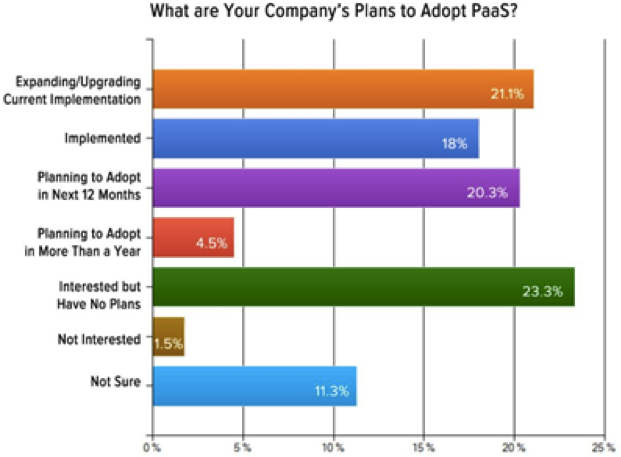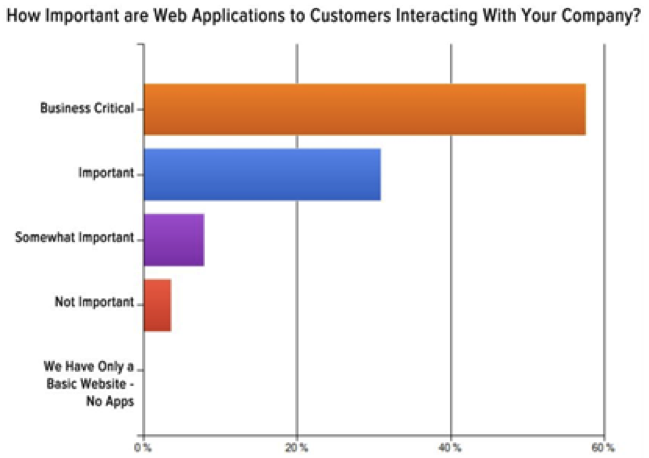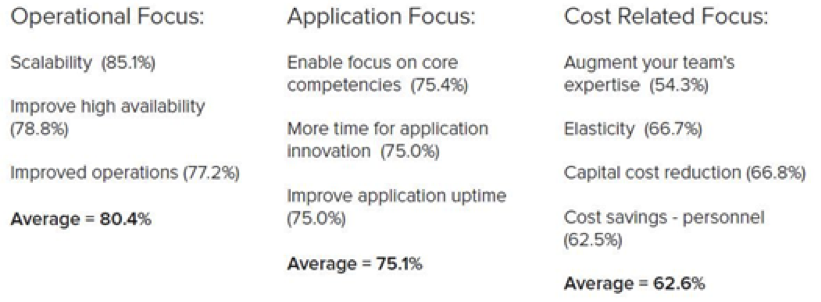Bill Platt is senior vice president of operations at Engine Yard, a Platform as a Service, where he enables cloud application development for thousands of Engine Yard customers, worldwide across PHP, Ruby on Rails, and Node.js communities.
There’s no question that the adoption of PaaS (Platform as a Service) is accelerating. With analysts like Gartner predicting PaaS will increase from “three percent to 43 percent of all enterprises by 2015,” it can no longer be ignored.
PaaS is a complete application development platform that can be used online, in “the cloud.” Gartner also says that “broad vendor adoption amounts to a sound industry endorsement of PaaS as an alternative to the traditional middleware deployment models.”
Related stories:
An ugly duckling no more: Why Platform-as-a-Service is poised for huge growth
Platform-as-a-service CEOs bet their futures on mainstream PaaS adoption
So, what’s driving the rapid growth of PaaS? Engine Yard surveyed 162 management and technical professionals in companies of all types and sizes to learn more about PaaS adoption, PaaS advantages, and perceptions about the role of PaaS in business strategy. The results were intriguing:
- Awareness and adoption are already quite high. Almost 90 percent of respondents were familiar with the term, and 64 percent have implemented PaaS or are planning to.
- Companies are using PaaS for increasingly critical functions. Contrary to what you might think, the fact that PaaS saves companies money was the least important to respondents. Instead, PaaS is now seen as a way to boost agility, improve operational efficiency, and increase the performance, scalability, and reliability of mission-critical applications.
- People are discovering that PaaS breaks down barriers to rapid innovation. With PaaS, developers can test, deploy, and iterate new applications with unprecedented speed—so they can improve application agility, customer engagement, and the overall customer experience.
PaaS adopters are achieving real-world results and there’s a clear mandate for PaaS adoption now.
“This is the year where you’ve got to incorporate the cloud into your IT strategy. The time is now,” said John Rymer, analyst at Forrester in a previous video interview with Engine Yard.
No PaaS plans? You’re in the minority.
The Engine Yard “PaaS State of the Market” survey was conducted in the spring of 2012. The respondents included technical management and application developers (56.6 percent of the total), as well as executives (40.3 percent). Almost half of the respondents (46 percent) came from application development companies or digital agencies. The remainder came from a variety of company sizes, including mid-size enterprises (7.9 percent) and large enterprises (15.1 percent). The survey found that 39 percent of respondents have already implemented PaaS, and 25 percent more are planning to adopt PaaS in the months or years ahead.
Figure 1: In the Engine Yard survey, about 60% of respondents indicated they are already using PaaS or plan to adopt it within a year.
The Engine Yard survey also found that those who have adopted PaaS tend to be using it for business-critical applications, as reported by respondents who were asked to gauge the importance of the applications being deployed on their websites. The types of applications being deployed are mainly customer-facing: software as a service, mobile, commerce, and social or a combination of these categories.
Figure 2: Early adopters of PaaS view their web apps as critical and tend to be using PaaS for customer-facing apps.
Perhaps because the applications running on PaaS are seen as “business-critical,” operational improvement was most often cited as an important driver for PaaS adoption. Specifically, three categories of benefits were mentioned above all others:
Real companies see real results, fast.
The actual benefits achieved by companies using PaaS have been both quantifiable and substantial. Here are highlights of the results that two companies have achieved:
The best is yet to come.
One of the most interesting revelations of the Engine Yard survey is that additional advantages of PaaS are emerging as the technology matures. For example, survey respondents cited all of the following as “very important” benefits of PaaS:
- Application uptime (46 percent): PaaS vendors have the tools, technologies, and experience to help you avoid the unplanned outages that cause downtime. The best PaaS vendors embed technologies and techniques in their products to keep availability high enough that they can offer service-level agreements (SLAs) at or above 99.9 percent availability.
- Innovation (41 percent): With PaaS, development teams can focus their time and effort where it counts—on innovation. Rather than spend scarce resources on building and maintaining infrastructure, they can test more ideas faster, find the ones with real potential, iterate and deploy quickly, and build the company’s reputation for superior services. PaaS also makes it easier and faster to create targeted promotions that truly engage consumers — while cutting the cost and complexity of deploying creative new web apps, services, and interactive applications. And when your new campaign is a big hit, you can scale quickly and efficiently.
- Augmenting expertise (21 percent): PaaS also helps you can boost the performance, scalability, and security of your web and mobile apps without having to acquire or develop all that expertise in-house. It’s like having a broad team of operations specialists working with you — except that you don’t have to recruit, hire, train, and retain them as employees.
“With large and growing vendor investment in PaaS, the market is on the cusp of several years of strategic growth, leading to innovation and likely breakthroughs in technology and business use of all of cloud computing … Users and vendors of enterprise IT software solutions that are not yet engaged with PaaS must begin building expertise in PaaS or face tough challenges from competitors in the coming years,” said Yefim Natis, vice president and analyst at Gartner in a statement.
Looking for the next big thing? PaaS can help you find it.
The survey affirms what analysts are already saying: PaaS is maturing, and the value extracted from PaaS to date is still just a small fraction of the true potential. Benefits such as increased agility, operational efficiency, and cost savings are just the tip of he iceberg – PaaS is also driving innovation and customer engagement to new heights, expanding the reach of your operations staff, improving application uptime, and more.
Simply put, PaaS is the foundation of a truly transformative business strategy.
Train platform image via Shutterstock
VentureBeat's mission is to be a digital town square for technical decision-makers to gain knowledge about transformative enterprise technology and transact. Learn More





